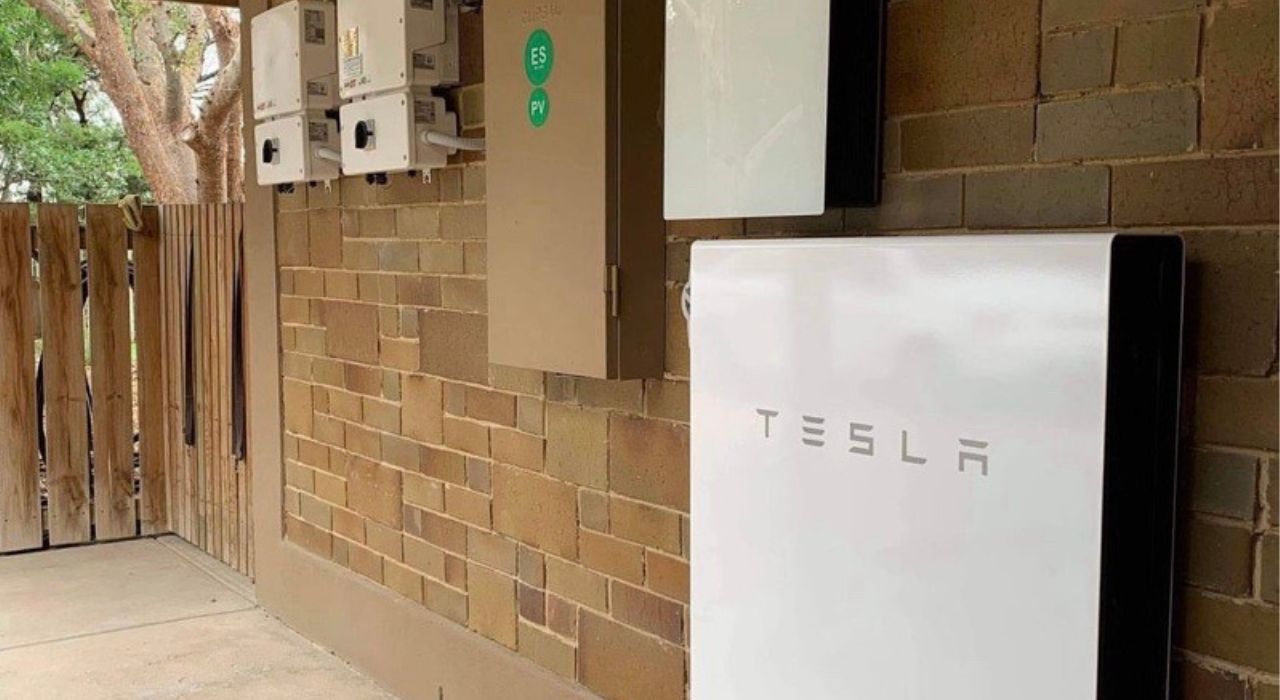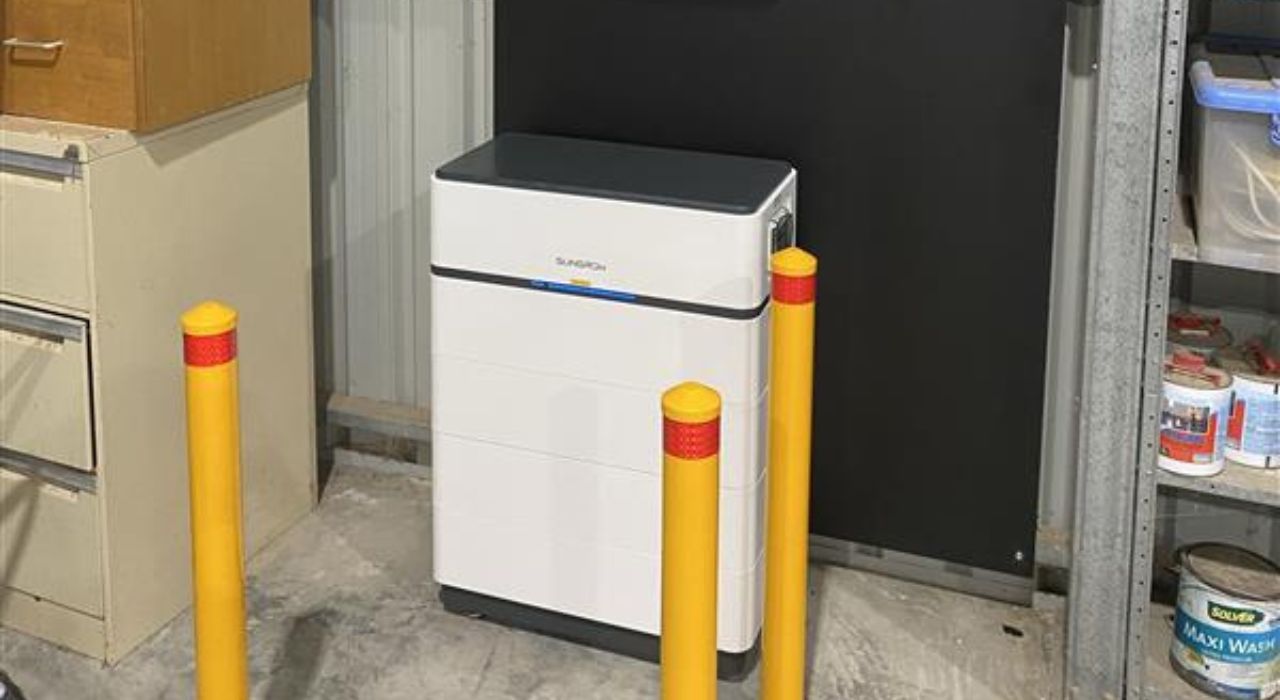
Safe Battery Storage: What Every Homeowner Should Know Before Claiming the Rebate
As more Australians take advantage of the 2025 Federal Battery Rebate, thousands of homeowners across South Australia are now installing solar batteries alongside their rooftop solar systems.
While the financial savings and energy independence are hard to ignore, it’s equally important to understand the safety side of battery storage — especially when these systems are being installed in or near your home.
Before you jump into claiming a rebate and installing a battery, here’s everything you need to know about safe solar battery storage.
Why Battery Safety Matters
Solar batteries are powerful energy storage units. Like all electrical appliances, they must be handled and installed correctly to avoid potential risks such as:
1. Fire hazards
2. Overheating or thermal runaway
3. Electrical faults or system failures
4. Damage from improper placement
While modern batteries are designed with multiple built-in safety features, safe installation, positioning, and ongoing maintenance are essential to ensure your system runs efficiently and safely for years to come.
Key Safety Standards for Battery Installations in Australia
To protect homeowners and ensure public safety, Australia has strict regulations and standards around battery storage installations.
Here are a few important ones:
1. AS/NZS 5139: This is the main Australian Standard for battery system safety. It outlines how and where batteries can be installed.
2. SAA Accreditation: Only Solar Accreditation Australia –approved installers and battery systems qualify for rebates and are considered safe and compliant.
3. Minimum clearance zones: Batteries must be placed a minimum distance away from living areas, escape paths, and certain flammable materials.
When you work with a reputable installer, they’ll be familiar with these rules and ensure your system is fully compliant before applying for any rebates.
Where Should Solar Batteries Be Installed?
Location plays a critical role in battery performance, safety, and longevity. Here are the most common (and safest) battery placement options:
1. Garage or Carport (Most Preferred)
An enclosed garage is often the best option for battery storage. It’s protected from the elements and offers secure, controlled access.
2. Exterior Wall (Under Cover)
Batteries installed outdoors should be housed in weather-resistant cabinets or shaded areas to protect them from heat and direct sunlight.
3. Dedicated Battery Enclosure or Shed
If indoor space is limited, a standalone weatherproof enclosure at a safe distance from the home is a good alternative.
Important: As of 2025, most state regulations do not allow solar batteries to be installed inside living areas (like bedrooms or kitchens) due to fire and fume risks.
Do You Need Special Ventilation or Cooling?
Some batteries — especially lithium-ion systems — generate heat during charging and discharging. If not ventilated properly, this can lead to overheating or reduce the battery’s lifespan.
Most modern battery systems include:
1. Built-in temperature sensors
2. Automatic shut-off features
3. Internal cooling systems
However, if you're installing in a closed space like a garage, your installer may recommend additional ventilation or spacing to maintain safe operating temperatures.
What Type of Batteries Are Safest?
In 2025, most home battery systems sold in Australia are lithium-ion or lithium-iron phosphate (LiFePO4) batteries. These are far safer than older lead-acid types.
Here are some features to look for in a safe, high-quality battery:
1. CEC listing (Clean Energy Counsil –approved)
2. Built-in Battery Management System (BMS)
3. Manufacturer warranties of 10 years or more
4. Compliance with AS/NZS 5139
5. Overcharge, short-circuit, and thermal protection
Popular, trusted brands in Australia include Tesla Powerwall, Sigenenergy, Pylontech, Sungrow, Alpha ESS, BYD, Sonnen, and LG Chem — all of which meet or exceed Australian safety standards.
What Should You Ask Your Installer?
Before signing off on a solar battery installation, ask your installer these key safety questions:
1. Is the battery system CEC-approved?
2. Where will the battery be located, and is it compliant with AS/NZS 5139?
3. Will the area need extra ventilation or clearance?
4. What warranties and safety features are included?
5. Will this setup qualify for the Federal Battery Rebate?
A professional installer will be happy to walk you through these details and explain how they’re keeping your home and family safe.
Claiming the Rebate: Safety First
To be eligible for the Federal Battery Rebate, your battery must be:
1. Installed by a NETCC-accredited solar retailer
2. Listed as approved equipment by the CEC.
3. Installed according to national safety and installation standards
Any shortcuts on safety or improper DIY installation can not only void your warranty — they can disqualify you from receiving the rebate.
AR Energy’s Commitment to Safe, Smart Installations
At AR Energy- Best Solar Company in Adelaide safety is never afterthought. We proudly serve homeowners in South Australia with fully compliant, SAA-accredited solar and CEC accredited battery systems.
We ensure:
1. Safe battery placement and proper ventilation
2. Full compliance with Australian Standards
3. Only premium, approved battery brands
4. Transparent advice about rebates and requirements
5. Long-term support after your install is complete
Final Thoughts
Claiming the Federal Battery Rebate is a great way to make solar storage more affordable — but safety must come first.
By choosing the right battery, ensuring proper installation, and working with a reputable local provider, you can enjoy all the benefits of solar energy with complete peace of mind.

.jpg)

